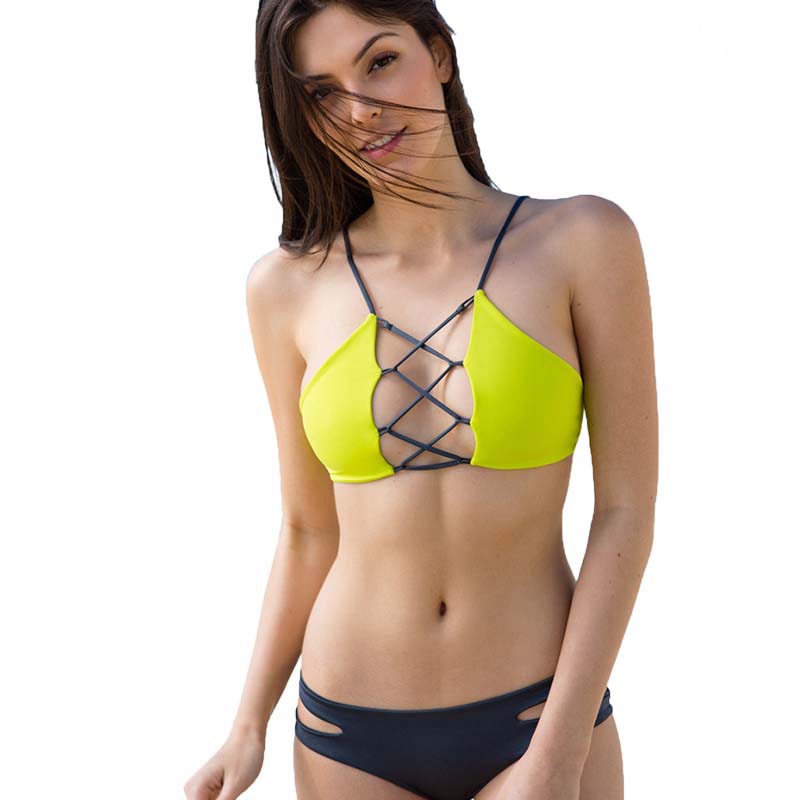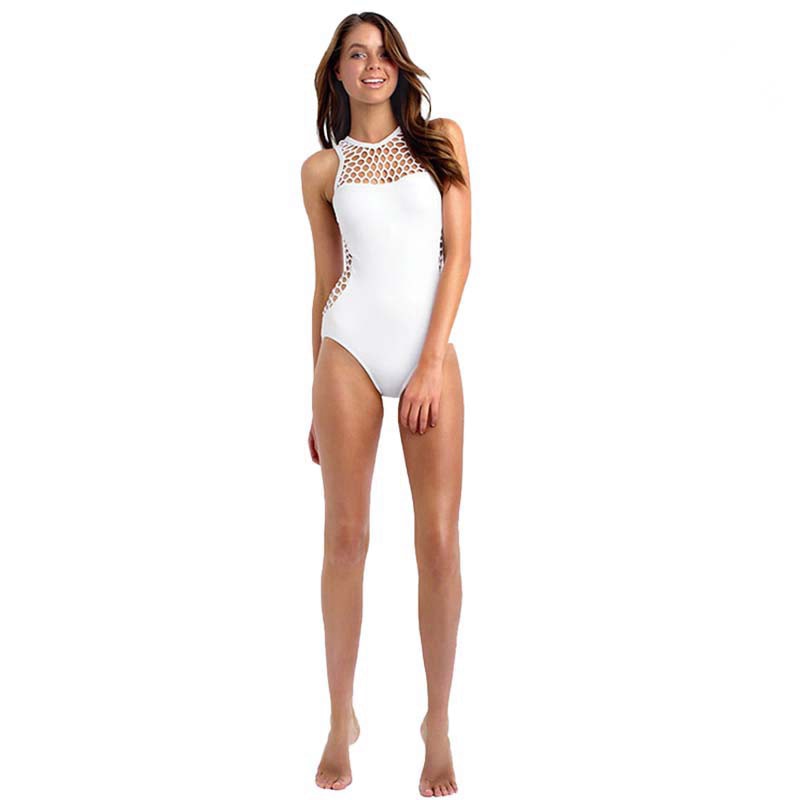به عنوان کسی که عمیقاً به لباس شنا علاقه دارد, I often find myself diving into the intricate details that make swimwear not just fashionable but functional. One of the most crucial elements? The fabric. If you’ve ever wondered what goes into making your favorite swimsuit, then you’re in for a treat. Let’s embark on this journey together and explore the fascinating world of swimwear materials with specific numbers and industry data.
Types of Swimwear Materials
The choice of fabric can significantly affect the performance, durability, and comfort of your swimsuit. Here are the most common types of swimwear materials:
- نایلون
- Polyester
- اسپندکس (Lycra)
- Natural Fabrics
What¡¯s the Best Swimsuit Fabric?
Choosing the best fabric for your swimsuit can be daunting, but beware, this decision depends on specific needs and preferences. به عنوان مثال, Nylon accounts for about 60% of the swimwear market due to its elasticity and quick-drying properties. I find that understanding the pros and cons of each fabric helps significantly.
All You Need to Know About Swimsuit Fabric
Understanding the properties of different swimsuit fabrics can guide you to the perfect swimsuit. About 80% of swimwear fabrics are blends, ideally combining comfort and durability. These blends often provide better resistance to chlorine and UV rays.
Different Types of Swimsuit Fabrics
Nylon Swim Fabric
Nylon is the go-to option for many swimsuit manufacturers. با توجه به داده های صنعت, Nylon covers around 65% of the materials used in swimwear due to its multiple advantages:
- Highly elastic, providing a snug fit
- Quick-drying and lightweight, with drying times averaging 30% faster than other materials
- Durable and resistant to abrasion, offering longevity
Polyester Swimsuit Fabric Blends
Polyester blends are another favorite. Around 35% of competitive swimwear involves polyester due to its resilient characteristics:
- Highly resistant to chlorine and UV rays, making it last longer in pools and sunny conditions
- Durable and long-lasting, reducing wear and tear
- Less prone to fading and stretching, maintaining shape better than Nylon
Nylon Swimwear Fabric Blends
By blending Nylon with other materials like Spandex, you can enhance its properties significantly. These blends have been shown to:
- Provide improved stretch and flexibility, ensuring an even more comfortable fit
- Maintain better shape retention over time
- Increase overall comfort and wearability
Why Choose Natural Fabrics?
Natural fabrics like organic cotton or bamboo can offer additional comfort, especially for sensitive skin types. They are often more eco-friendly, contributing to sustainable fashion trends. Their biodegradability is a significant advantage for environmentally conscious consumers.
Best Natural Fabrics for Swimsuit Sewing
Some of the best natural fabrics for sewing swimsuits are:
- Organic Cotton: Soft, breathable, and suitable for casual swimsuits
- Bamboo: Naturally antimicrobial and moisture-wicking
- Hemp: Strong and durable, but with a softer touch than traditional cotton
Tips for Sewing with Natural Fabrics
Sewing swimwear with natural fabrics can be tricky. Here are some time-tested tips to help:
- Pre-wash the fabric to avoid shrinkage and surprises
- Use a stretch stitch or a serger for seams to allow flexibility
- Choose natural fabrics with some added stretch for better fit and comfort
Other Variations of Swimming Costume Fabric
Beyond the staple fabrics, consider performance fabrics designed for competitive swimming or eco-friendly fabrics made from recycled materials. These can provide an edge in specific scenarios and are increasingly popular in high-performance and sustainable markets.
سوالات متداول
What type of fabric to use for swimwear?
I recommend Nylon or Polyester blends due to their durability, elasticity, and resistance to chlorine, making them perfect for various swimwear needs.
Which fabric is common for making swimwear?
The most common fabrics are Nylon and Spandex blends, making up about 70% of the swimwear market for their stretch and comfort.
Is swimwear made of polyester or spandex?
Most swimwear is made from a combination of polyester and spandex, providing the perfect balance of durability and elasticity.
What is the best swimsuit fabric for chlorine pools?
Polyester blends are ideal for chlorine pools, as they offer the highest resistance to chlorine damage, ensuring long-lasting wear.
اینقدر… What¡¯s the best fabric for swimwear?
In my experience, and based on industry data, the best fabric is a blend of polyester and spandex. It balances durability, resistance to elements, and comfort. Whether you’re enjoying a casual swim or competing in a race, this blend will serve you well.







